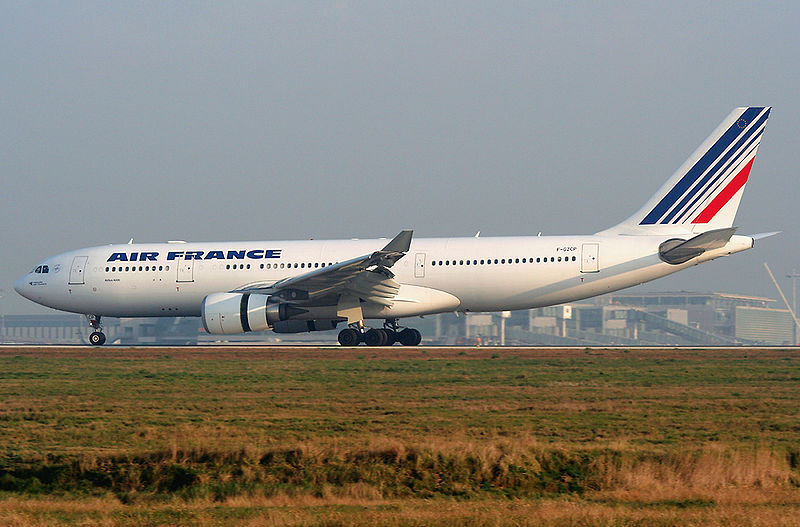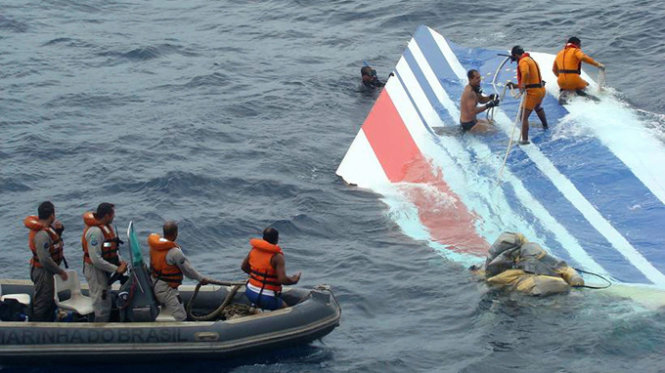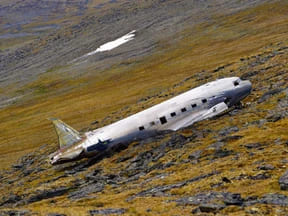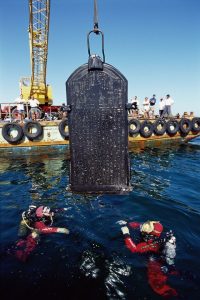
On June 1, 2009, an Airbus A330-203 aircraft belonging to Air France mysteriously vanished over the vast expanse of the Atlantic Ocean while en route from Rio de Janeiro, Brazil, to Paris, France, without sending any distress signals. It wasn’t until five days later that search and rescue teams discovered the first fragments of the aircraft floating on the ocean surface. All 228 individuals aboard the aircraft perished, and to this day, 74 bodies remain submerged beneath the ocean depths.

In April 2011, nearly two years later, the fuselage of the aircraft was finally retrieved. However, it took another month for authorities to locate the aircraft’s black box. It wasn’t until 2012 that the French government released the final report determining the cause of the tragic accident. According to the report, a speed sensor on the aircraft malfunctioned due to icing while the aircraft was passing through a storm, causing the autopilot system to disengage. The pilots attempted to address the issue but made errors that ultimately led to the aircraft stalling.
During the four minutes from the onset of the stall to the impact with the ocean surface, the pilots were overwhelmed with managing the situation, failing to transmit an emergency signal in time. According to data from the black box, the pilots seemed unaware that the aircraft would crash into the ocean until seconds before the fateful collision with the water.








